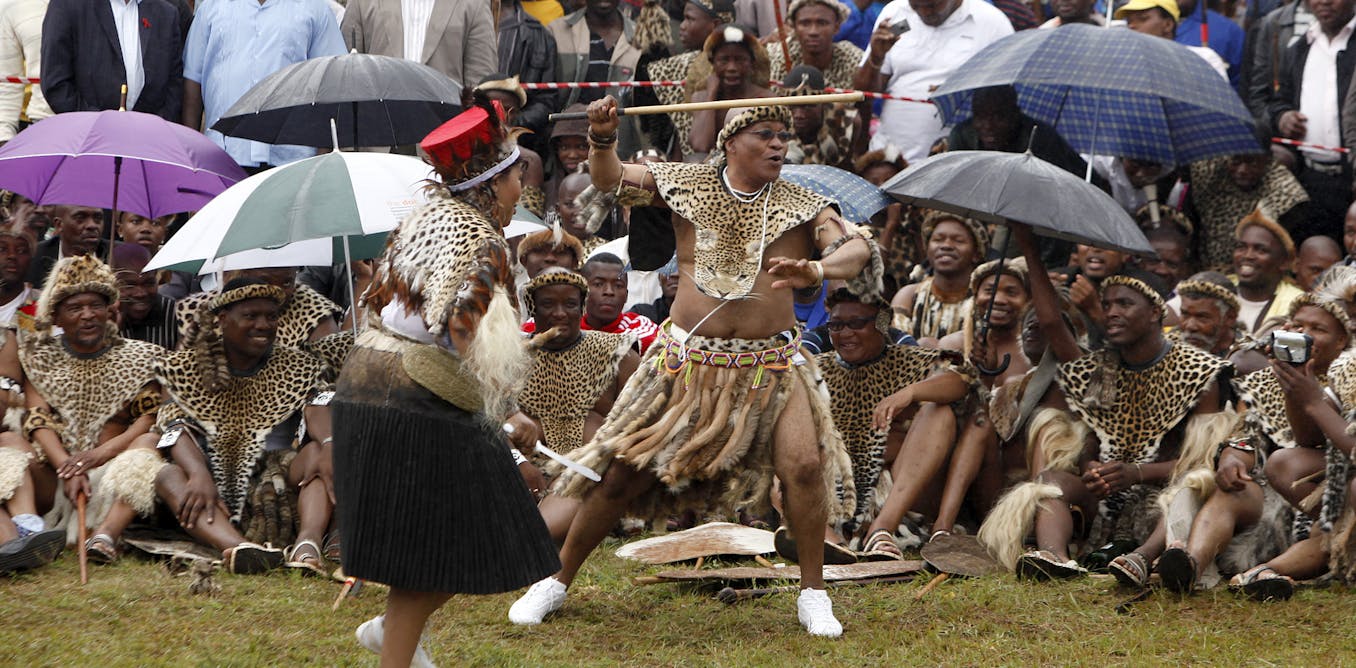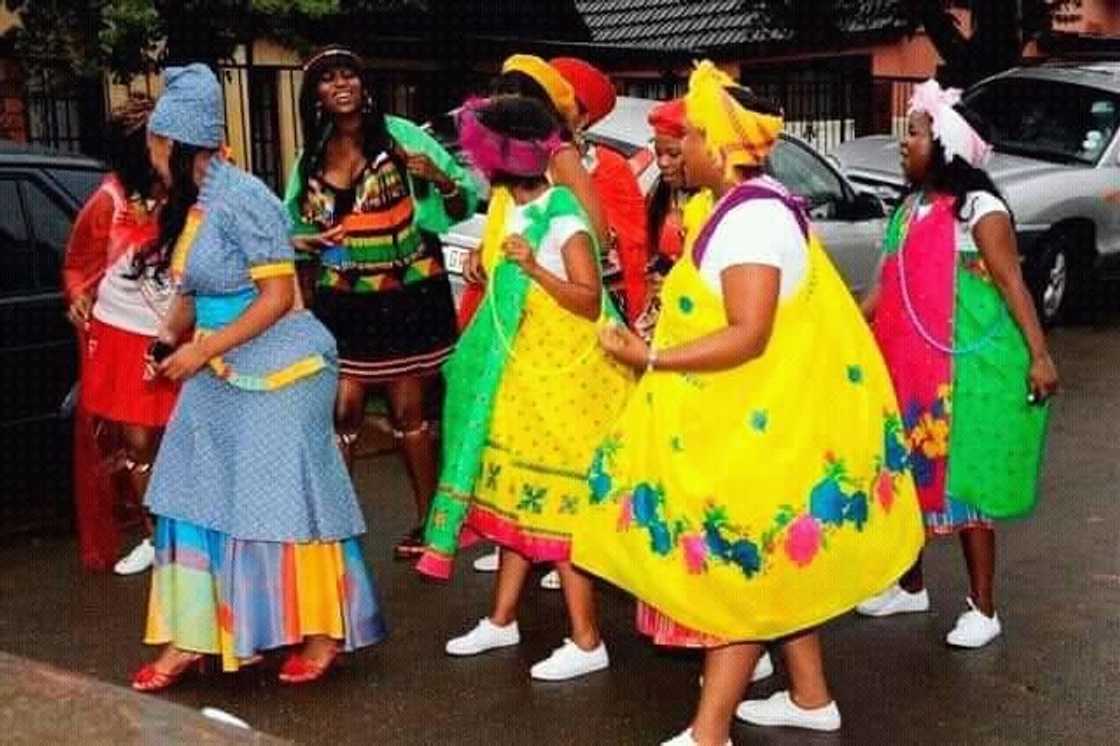Our South African Culture Today Diaries
Our South African Culture Today Diaries
Blog Article
Get This Report on South African Culture Today
Table of ContentsNot known Details About South African Culture Today Indicators on South African Culture Today You Should KnowSouth African Culture Today Can Be Fun For EveryoneLittle Known Questions About South African Culture Today.The smart Trick of South African Culture Today That Nobody is DiscussingExcitement About South African Culture Today
A matter of value in Zambian towns is the passing away of liked ones. All members of the town placed money, time and initiative together for the burial of the deceased.During the grieving duration; men stay outside your house and the ladies stay inside your home of the deceased. After chatting about the deceased, the village strolls to the location of funeral to claim their last bye-byes. Music and dance is a very essential aspect of the Zambian society. The different tribal units have their own dance kinds; nevertheless, makishi prevails amongst all people.
More About South African Culture Today
When it concerns music, drums are utilized one of the most, with a selection of drumming events. In Zambia, bulk of the individuals are Christian; Protestant and Roman Catholic. There are tiny teams of Muslims and Hindus, with the rest following regional indigenous tribal ideas.

South African heritage and culture is profoundly varied, and is composed of several teams of individuals that each have their very own traditions and beliefs. Having such a variety of people and cultures is what makes South Africa so special. In truth sense of the expression, we are a rainbow nation.
Making it the 7th on the list of nations with the most Portuguese individuals in it outside of Portugal. Portuguese is not only a society, yet it is additionally a language and a citizenship. Portuguese individuals originate from the nation of Portugal in Europe, however, due to Portugal (like several other nations in Europe) checking out the globe and dominating various other nations throughout the 15th 20th centuries, South Africa has what we call Portuguese South African's living in it.
The Only Guide for South African Culture Today
Amongst the noticeable functions of the topography is a plateau that covers practically two thirds of the center of the nation. The plateau facility rises toward the southeast, where it climaxes in the Drakensberg variety, component of a cliff that divides the plateau from the seaside locations. The Drakensburg includes Champagne Castle, the highest possible optimal in the nation.
The area north of the Witwatersrand, called the bushveld, inclines downward from eastern to west toward the Limpopo River, which forms the international border. The western area of the plateau, the middleveld, additionally descends towards the west and varies in altitude in between the highveld and bushveld. In between the Drakensburg and the eastern and southern coastline, the land descends to the sea.
Nearer the coast there is a low-lying plain called the eastern lowveld. Southwest of the plateau the nation becomes progressively extra dry, paving the way to the hostile desert of the Great Karroo, verged on the eastern by the reduced, better watered plateau of the Little Karroo. Dividing the completely dry southern interior from the sandy littoral of the southern coastline and West Cape is one more array, the Langeberg.
An Unbiased View of South African Culture Today
The country's racially, ethnically, and politically split history has actually produced nationwide and subnational symbols that still function as icons of the country, and others icons that are accepted just by specific groups. The monoliths to white settler occupation and political dominance, such as the Afrikaner Voortrekker ("leader") Monument in Pretoria and the Rhodes Monolith honoring the British colonial realm contractor and Cape head of state Cecil Rhodes, stay sectarian icons.
The very first modern occupants were the San ("bushman") hunter-gatherers and the Khoi ("Hottentot") individuals, that rounded up livestock (South African culture today). The San might have been existing for countless years and left proof of their presence in countless ancient cave paintings ("rock art"). Bantu-speaking clans that were the forefathers of the Nguni (today's amaZulu, amaXhosa, amaSwazi, and vaTsonga peoples) and Tswana-Sotho language groups (today's Batswana and Southern and Northern Basotho) moved below eastern Africa as very early as the fifteenth century

Both former republics of the Orange Free State and Transvaal (South African Republic) were established by Afrikaner inhabitants who beat and dispossessed the Basotho and Batswana. Lesotho would certainly have been by force included into the Orange Free State without the expansion of British protection in 1869. The ultimate unification of the nation arised from the South African Battle (18991902) between article the British and the two Afrikaner republics, which lowered the nation to spoil at the start of the twentieth century.
Afrikaners traditionally considered themselves the just true South Africans and, while providing complete citizenship to all citizens of European descent, rejected that condition to people of color until the democratic transition of 1994. British South Africans retain a feeling of social and social link to Great Britain without damaging their identification as South Africans.
South African Culture Today Things To Know Before You Buy
The diversity and fragmentation within ethnic groups and the balance of stress in between those teams throughout the twentieth century avoided interethnic civil problem. While intergroup tensions over sources, entitlements, and political dominance continue to be, those disputes are as most likely to pit Zulu versus Zulu as Zulu against Xhosa or African versus Afrikaner.
From colonial India, British vendors and managers brought the rounded steel ornamental roof coverings and slender shoelace work columns that still epitomize the outdoor patios of cottages in towns and cities throughout the country. Houses of prayer contribute a crucial building aspect also in the tiniest communities. In addition to the rising steeples and classic stonework of Afrikaans Dutch Reformed churches, Anglican churches, synagogues, mosques, and Hindu temples offer selection to the religious architectural scene.

Slaughtering and the brewing of typical grain beer are crucial in safeguarding the engagement and a good reputation of the ancestors that are taken into consideration the guardians of excellent lot of money, success, and wellness. Indian neighborhoods keep their native cooking practices and use them on Islamic and Hindu ritual and ritualistic occasions. Afrikaners and Coloured individuals collect at weekends and unique celebrations at multifamily barbeques called braais, where community bonds are strengthened.
Since this was the key financial business of both black Africans and white homesteaders, dispute in between those groups focused on the belongings of grazing land and livestock. In 1867, the biggest diamond deposits in the globe were found at Kimberley in the west central area. The wide range from those fields assisted fund the exploitation of the best gold reef worldwide, which was found from this source on the Witwatersrand in 1886.
Some Ideas on South African Culture Today You Should Know
This led to misconceptions and purposeful misstatement in the transactions of white inhabitants and government authorities with African principals during the early american duration (South African culture today). In the establishment of African gets, some elements of communal and mainly "tribal trust" land period were preserved, and also in white country areas, types of public tenure were still exercised in areas with African communities
After the autonomous transformation of 1994, programs for land restitution, redistribution, and reform were set up, but progression has actually been slow. The white minority still manages eighty percent of the land. Following you can try this out farming land intrusions in Zimbabwe, the Division of Land Affairs has actually vowed to speed land redistribution.
Report this page